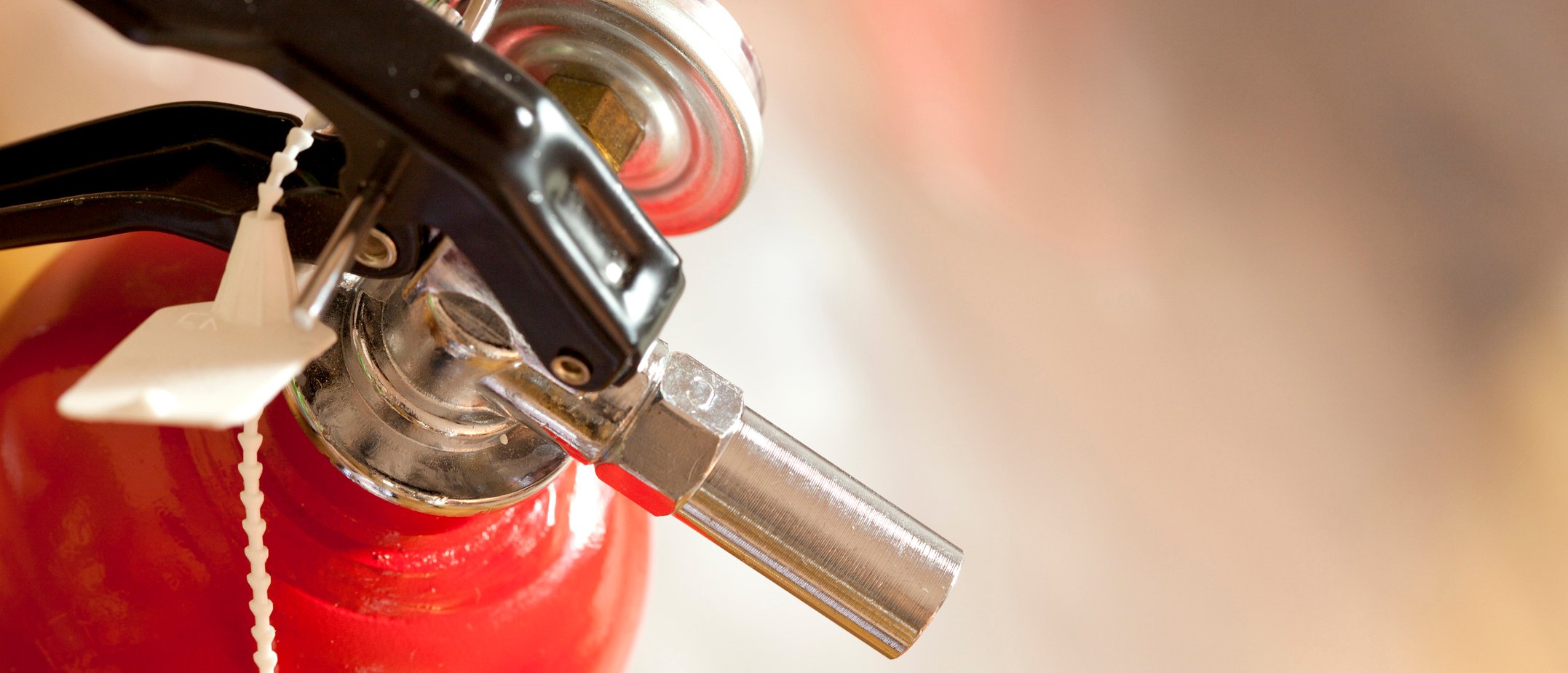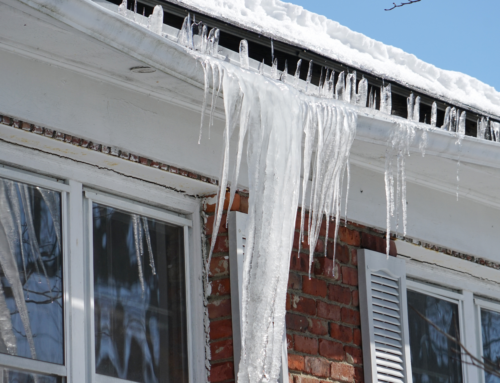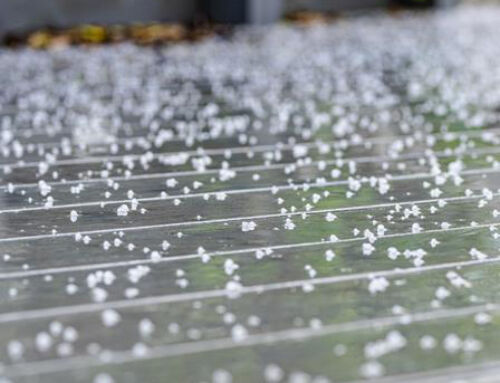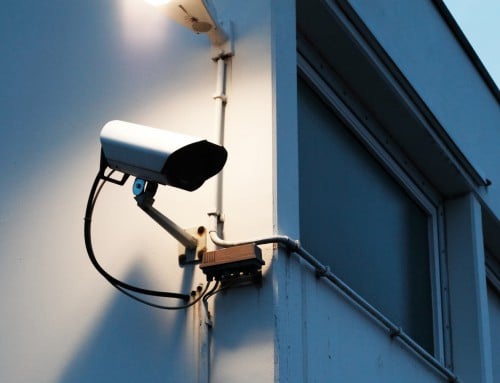Every business faces a variety of unique risks every day. Depending on the industry, the risks business owners and employees are exposed to can change. But all businesses, no matter their sector, should be prepared for the risk of fire.
Fires are a common problem, and they can happen practically anywhere. Loss fires in Ontario, which are defined as any fire with an injury, fatality, or dollar loss reported, declined in 2016 according to the Ministry of Community Safety & Correctional Services. But there were still a large number of them. A total of 10,844 loss fires were reported that year.
On top of the large number of fires that occur each year, fires can also cause a lot of damage, which could cost a business a lot of money. Fires spread quickly. A two-story home can be completely engulfed by flames in less than five minutes. In fact, after only 30 seconds, the fire will have started to grow rapidly.
There was a total of 10,844 loss fires reported in Ontario in 2016.
That’s why it’s so important that all businesses have portable fire extinguishers –they’re a vital component of any loss prevention program. And having a fire extinguisher isn’t enough. It’s also necessary that the right classification and size of extinguisher is chosen, and that it’s stored in an accessible location.
Fire extinguishers have three main classifications or ratings that indicate the type of fire they will extinguish. All ratings are shown on the extinguisher faceplate; some extinguishers are marked with multiple ratings such as BC and ABC. These extinguishers are capable of putting out more than one class of fire.
To operate an extinguisher, remember the acronym, P.A.S.S.
- P – Pull the pin.
- A – Aim extinguisher nozzle at the base of the flames.
- S – Squeeze trigger while holding the extinguisher upright.
- S – Sweep the extinguisher from side to side, covering the area of the fire with the extinguishing agent.
The key points to remember about fire extinguishers are:
- They should be selected based on the class of fire you may need to extinguish, the potential size of the fire, and the maximum floor area per extinguisher.
- Classes of Fire:
- A – wood, paper, cloth, trash, and other ordinary materials
- B – gasoline, oil, paint, and other flammable liquids
- C – live electrical equipment
- D – combustible metals and combustible metal alloys
- K – kitchen (vegetable or animal oils and fats)
- Classes of Fire:
- They should be located along normal paths of travel, mounted on a wall, and not be obstructed from view. Fire extinguisher signs should be placed above the extinguisher and in clear view.
- They should be kept fully charged and in their designated places.
- Employees should receive regular training in fire extinguisher use.
- A qualified fire extinguisher service contractor should be consulted regarding selection, placement, and servicing of your fire extinguishers.
- They should be inspected and serviced annually by the contractor, with a tag attached showing contractor’s name and service date.
- Documented monthly visual inspections should be conducted by personnel to ensure that each extinguisher is in its designated place, that it has not been actuated or tampered with, and that there is no obvious physical damage or condition to prevent its operation.
Loss prevention is often seen as a cost to the business — but it’s actually a cost savings measure as it can mitigate losses. Including fire extinguishers in your loss prevention program is one way to control the risk of fire before it incinerates your bottom line.
To find out more about the necessary insurance to protect your business from property losses due to fire, visit our property insurance page.
This blog is provided for information only and is not a substitute for professional advice. We make no representations or warranties regarding the accuracy or completeness of the information and will not be responsible for any loss arising out of reliance on the information.






